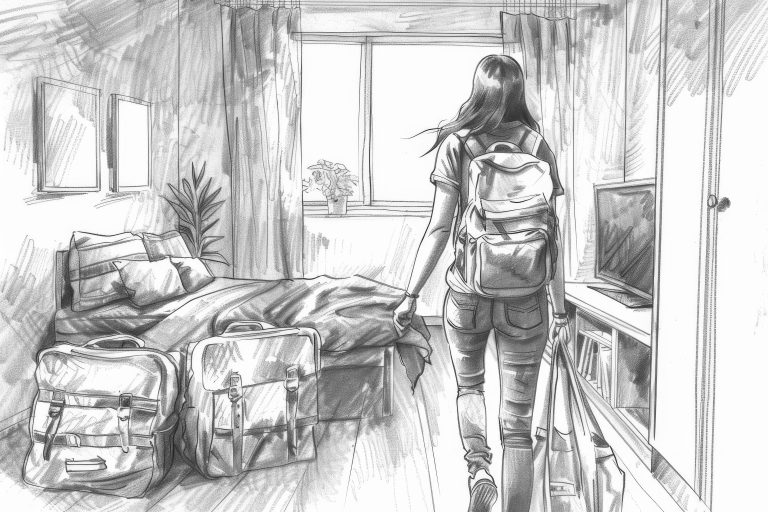
Two UM professors unite to save university’s archaeological collection
Two University of Mississippi anthropology professors have received a $500,000 grant from the National Park Service to maintain and preserve the university’s archaeological collection, a noted assemblage of as many as 500,000 Native American artifacts stored on the Oxford campus.
The grants program, Save America’s Treasures, helps preserve nationally significant historic properties and collections. This project was made possible in part by the Institute of Museum and Library Services, which will administer the grant. It will be matched by a $500,000 grant from the university.
The majority of the collection consists of artifacts – some dating as old as 12,000 years – retrieved from sites within Mississippi, part of the historical territory of the Choctaw and Chickasaw Nations.
“These objects are how we learn about the culture of these people and connect to it,” said Tony Boudreaux, associate professor of anthropology and director of the UM Center for Archaeological Research.
Boudreaux and Maureen Meyers, also an associate professor of anthropology, will oversee the preservation project, which will begin this semester and includes cataloging the entire collection, transferring it to boxes made of archival-quality materials and, eventually, transporting the collection to a secure, climate-controlled space on the Ole Miss campus.
Their team will include both graduate and undergraduate students.
“Thanks to the hard work, expertise and vision of Dr. Meyers and Dr. Boudreaux, we now have the opportunity to truly transform our archaeological collections and save these treasures,” said Jeffrey T. Jackson, chair of the Department of Anthropology and Sociology. “This grant from the National Park Service will allow us all to better appreciate and understand our collective past.”
The archaeological collection began in 1917, when UM professor Calvin Brown worked with Mississippi residents to donate their impressive private collections of Native American artifacts to the university for posterity. He was not trained as an archaeologist, but at the request of the Mississippi Geological Survey, he both salvaged the artifacts and documented the sites where they were found through photographs.
The collection was acquired by the Department of Anthropology and Geology in 1949 and grew to include items from across the Americas. Since the 1970s, the collections primarily have grown through faculty and student research projects and archaeological field schools conducted across Mississippi.
“The College of Liberal Arts is strongly committed to supporting the work of our faculty and, in this case, caring for an important and priceless collection of Native American artifacts,” said Lee Cohen, dean of the College of Liberal Arts. “I am delighted that we will have a campus space that will be specifically designed for this work and allow for expansion.
“Professor Boudreaux and Professor Meyers are not only leaders in their field but are also doing a great public service for our state.”
This is the second National Parks Service award that Boudreaux has received this year. Last summer, he was the recipient of a grant from the National Park Service American Battlefield Protection Program. That grant supports his research at the Grand Village of the Natchez Indians, who fought the French from 1729 to 1731. This project will use geophysical instruments and soil coring to determine if intact features from a 1730 siege are still present.
“The university has been the stewards of this archaeological collection for over a century,” Meyers said. “It is the ethical responsibility of archaeologists to ensure that collections they oversee are well cared-for. I see this project as my service to the university.”
The Institute of Museum and Library Services is the primary source of federal support for the nation’s libraries and museums. They advance, support and empower America’s museums, libraries and related organizations through grantmaking, research and policy development. Their vision is a nation where museums and libraries work together to transform the lives of individuals and communities.
To learn more, visit https://www.imls.gov/.
By Abigail Meisel



